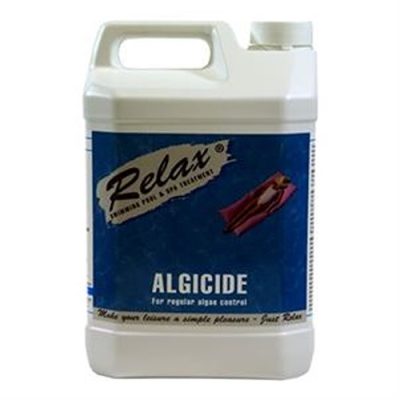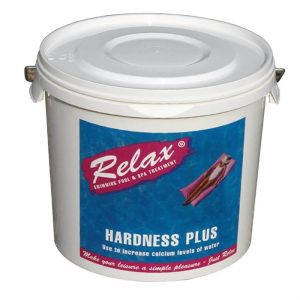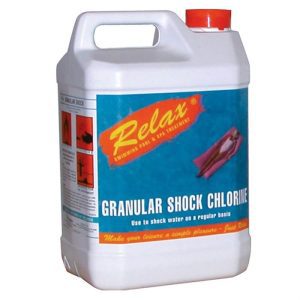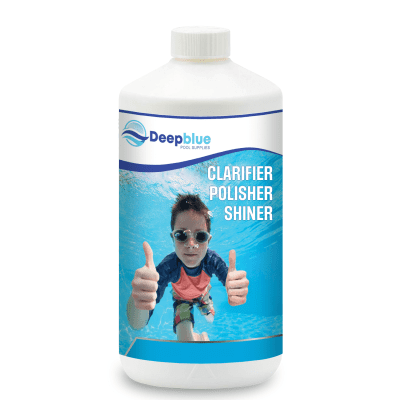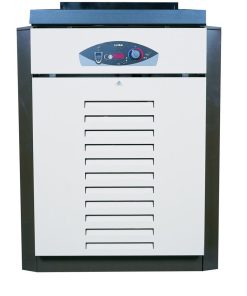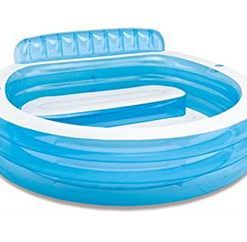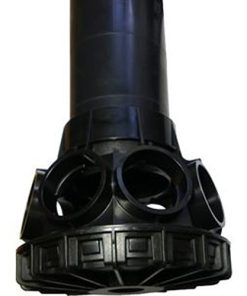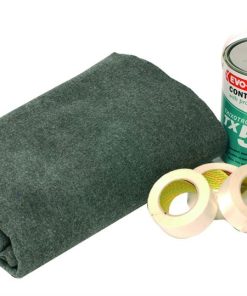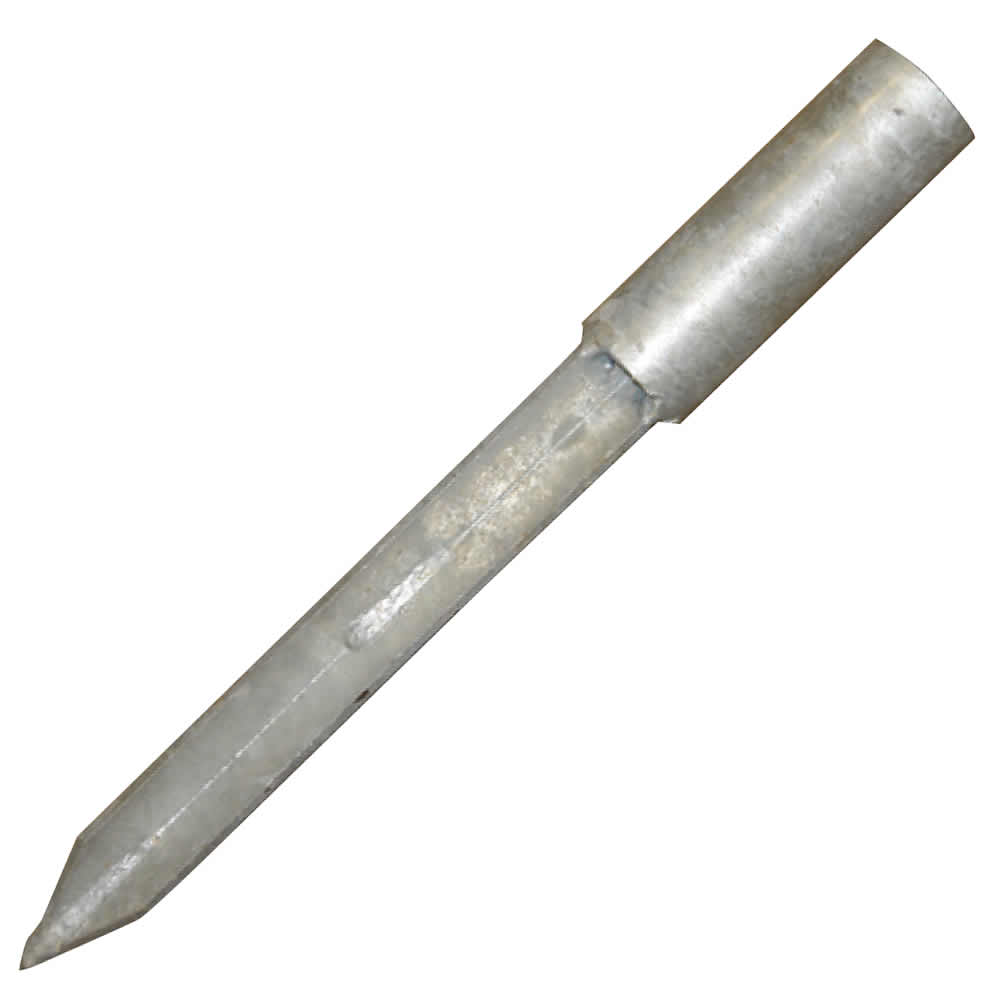Pool ownership presents a high-end experience yet safety needs to remain the top priority. Pool safety measures serve to avoid accidents and injuries when you utilize your pool space for family events or personal relaxation. Pool safety needs immediate attention because drowning stands as one of the main causes of accidental deaths that particularly affect children. The following guide establishes vital procedures which will enhance pool safety conditions during family and guest swimming activities.
What you can do:
1. Install Safety Fencing
Safety fences serve as an essential measure to stop people from entering the pool zone including children and pets.
Installation Tips: A fence needs to reach heights of 4 feet while its vertical slats must stay below 4 inches in distance. The gate needs to be self-closing and self-latching with a lock position which small children cannot access.
Safety barriers surrounding pools become legally required in numerous areas throughout the country. Check that your fence follows the requirements of the local safety regulations.
2. Use Pool Covers
A pool cover serves dual purposes by maintaining pool cleanliness and protecting users from accidental water entry during periods of inactivity.
Types of Covers:
Manual covers: The cheapest option requires manual placement and removal.
Automatic covers: Automatic pool covers are more costly but provide simple button-operated functionality for easy use.
Solar covers: This type of pool cover functions as a security device while maintaining solar heat retention.
3. Keep Rescue Equipment Handy
Emergency situations can strike suddenly. Rescue equipment positioned within simple reach will determine the outcome of a crisis situation.
Types of Equipment:
Life ring: Place this equipment on a hook which is located by the pool.
A reaching pole extends your reach to save someone from the water while staying safe from harm.
The first aid kit must contain all necessary medical supplies to treat common pool-related injuries that include small cuts and burns.
4. Educate Children on Pool Rules
The education of children about pool rules helps minimize their exposure to pool-related risks since they face higher accident probabilities.
Key Rules to Teach:
No running around the pool.
No diving in shallow areas.
Swimming requires adult supervision at all times.
No roughhousing near the water.
The pool area should have visible safety signs which help reinforce safety rules.
5. Monitor Pool Activities
The presence of adult supervision remains essential for accident prevention when children swim in the pool.
The “water watcher” position should be assigned to a pool party adult who maintains visual contact with all swimmers throughout the entire event. The supervisory role must switch hands to maintain constant monitoring.
Summary:
The implementation of these safety protocols will effectively lower the chances of accidents and injuries which occur near your pool area. The entire process of physical barrier installation and child pool safety education serves as essential components for building a safe swimming environment. The pool requires safety first regardless of swimming frequency because every person needs to follow established rules. Proactive measures will allow you to enjoy your pool benefits while maintaining peace of mind. For any chemical or tool needs please refer to our website or reach out to The Pool Cleaners’ support team for guidance
Some products you might be interested in:
Rated 4.47 out of 5
£36.71 £27.17
Rated 4.42 out of 5
£44.33 £32.80
Rated 4.44 out of 5
£66.05 £48.88
Rated 4.47 out of 5
£18.73 £13.86
Related Products
Related Articles
 Plastica 5kg Relax Granular Shock
Plastica 5kg Relax Granular Shock
 Plastica 5kg Relax Hardness Plus
Plastica 5kg Relax Hardness Plus
 Plastica 5lt Relax Algicide
Plastica 5lt Relax Algicide
 Deep Blue Pro SpaSparkle 1 Litre clarifier polisher shiner
Deep Blue Pro SpaSparkle 1 Litre clarifier polisher shiner

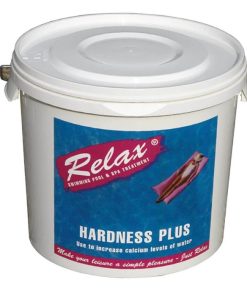 Plastica 5kg Relax Hardness Plus
Plastica 5kg Relax Hardness Plus 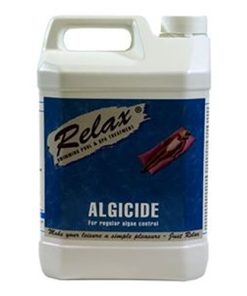 Plastica 5lt Relax Algicide
Plastica 5lt Relax Algicide  Deep Blue Pro SpaSparkle 1 Litre clarifier polisher shiner
Deep Blue Pro SpaSparkle 1 Litre clarifier polisher shiner 
